10 Transport Myths That Could Cost You On Your Next Trip

Getting from point A to B seems simple until you realize how much misleading travel advice is out there. Transportation myths can quietly drain your time, energy, and wallet, especially when you’re navigating unfamiliar cities or booking on the fly. From overhyped apps to outdated assumptions, it’s easy to fall into costly traps. The truth? A little awareness goes a long way. Whether you’re planning a quick weekend trip or an extended adventure, busting these myths will help you move smarter, smoother, and more affordably without the detours, delays, or regrets.
1. Taxis Are Always the Easiest Option
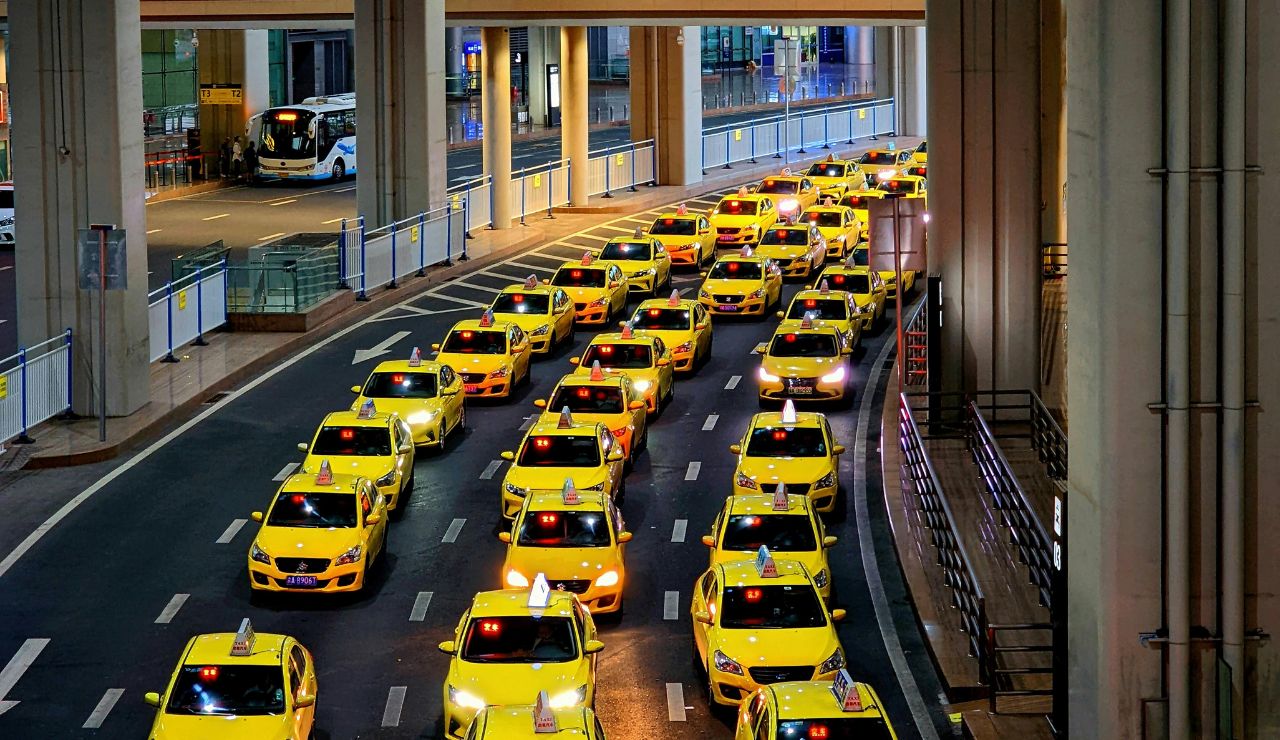
Taxis seem like the simplest option, no apps, no language barriers, no maps to read. But in many cities, especially near airports or tourist hotspots, taxis often come with inflated fares, detours, or drivers who conveniently “forget” to use the meter. Some even charge flat rates that far exceed what’s fair. Meanwhile, ride-share apps, hotel shuttles, or even public transport can be cheaper, faster, and more reliable. Don’t assume a taxi is your safest bet just because it’s familiar. A quick check of local transit norms could save you serious money and hassle.
2. Budget Flights Always Save You Money
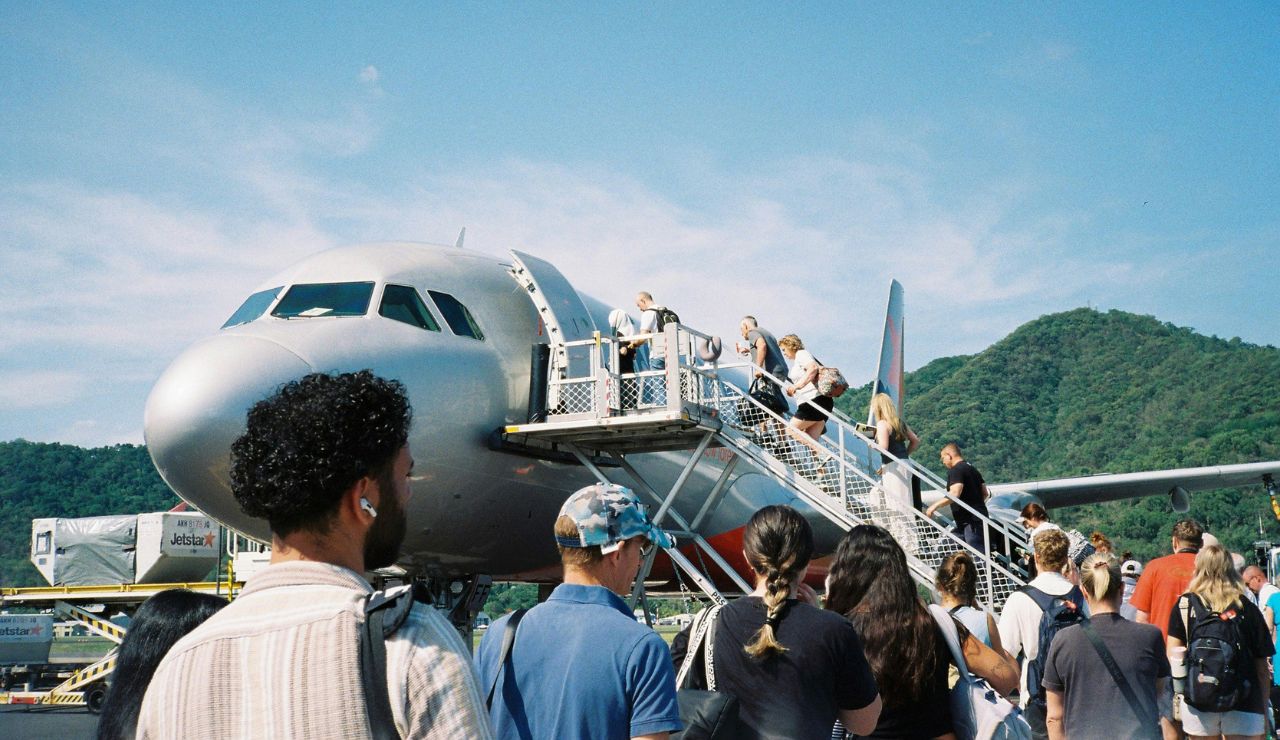
Budget airlines lure you in with rock-bottom prices but the real cost adds up fast. From baggage fees and seat selection to airport transfers and food, the extras often wipe out any savings. Many low-cost carriers also fly into remote airports, requiring long, pricey rides just to reach the city center. What looks like a great deal can quickly become a logistical headache. Before booking, compare the total cost including ground transport, add-ons, and even your time with standard airlines or trains. Sometimes a slightly higher fare pays off in comfort, speed, and fewer surprises.
3. Trains Are Slower Than Planes
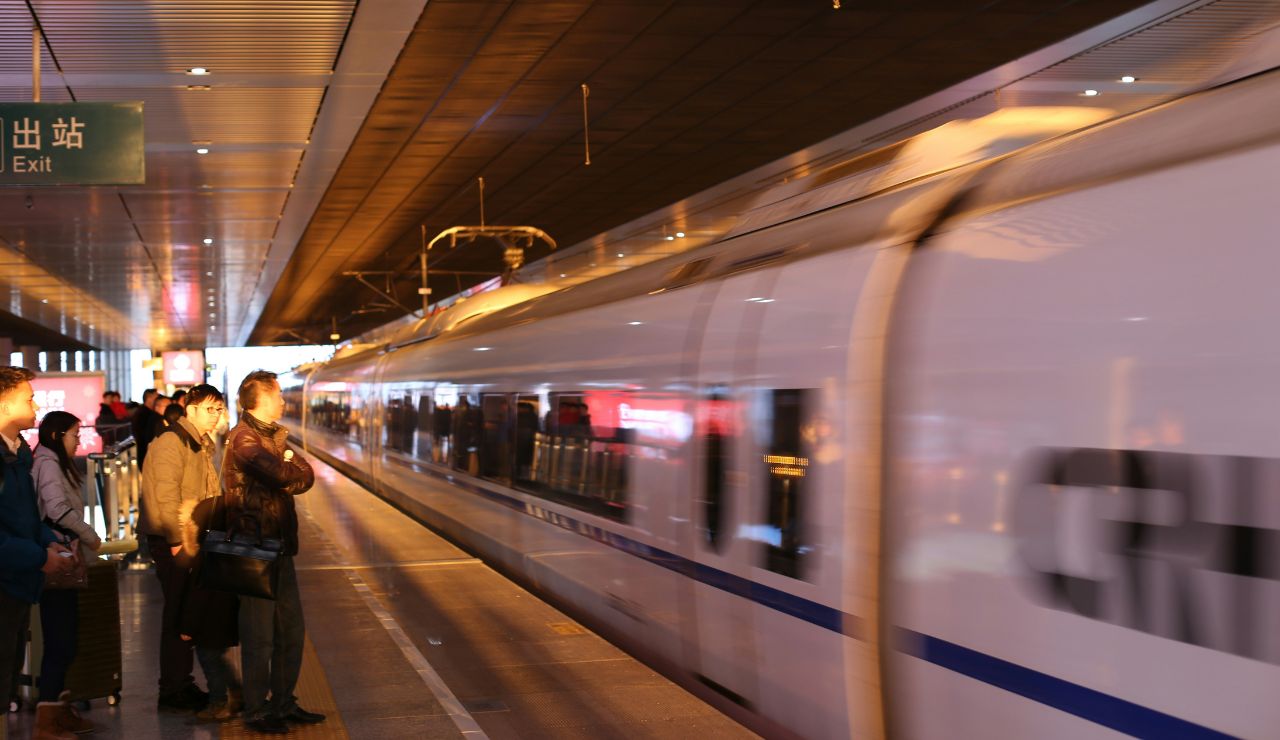
Planes seem like the fastest way to travel but short flights often come with long delays. Between early airport arrivals, security lines, boarding chaos, and distant terminals, you can lose hours before takeoff. Meanwhile, high-speed trains especially in Europe and Asia take you directly from city center to city center, with minimal check-in and no TSA hassle. For trips under five hours, trains often win on both time and comfort. Don’t assume flying is always quicker when you factor in the full door-to-door experience, trains can leave planes in the dust.
4. No Need to Book Buses Ahead
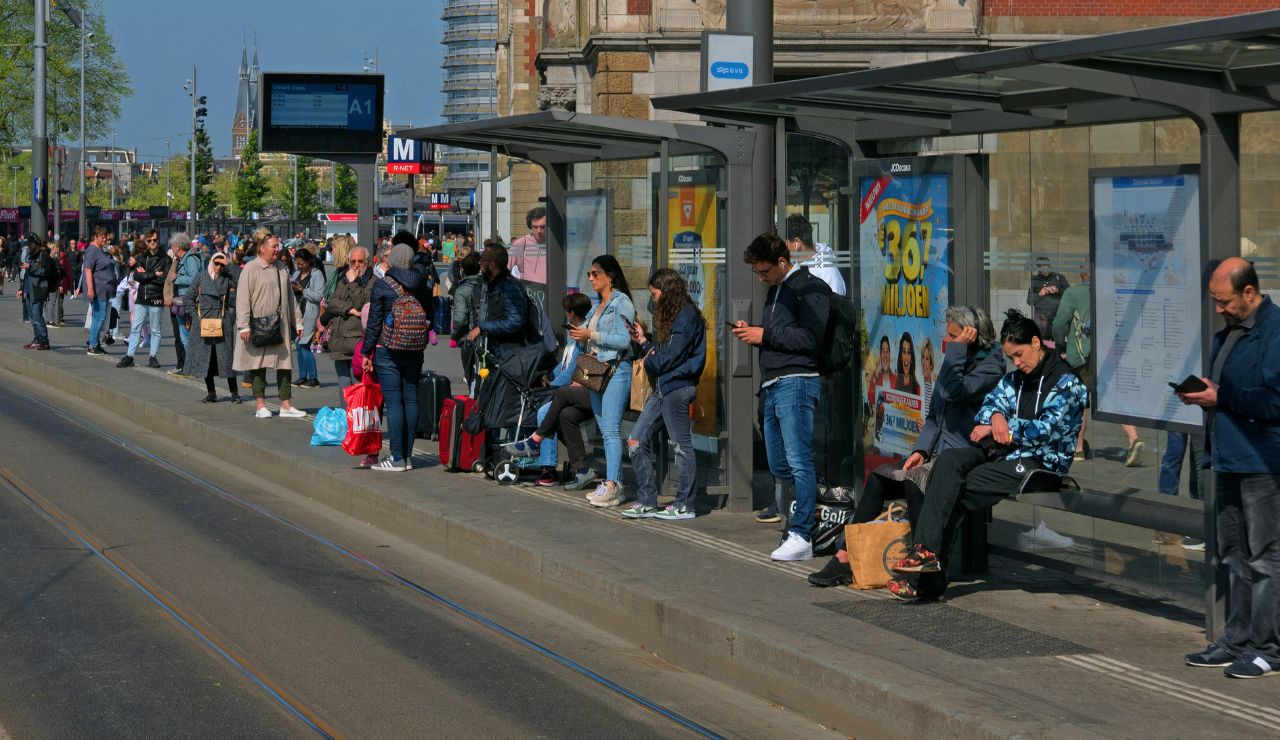
Intercity buses feel like the ultimate spontaneous option but that flexibility comes at a price. During peak travel seasons or on busy routes, buses can sell out quickly, leaving you scrambling or stuck with awkward departure times. Same-day tickets are often more expensive, with fewer seat choices and limited availability. Booking ahead isn’t just about savings, it gives you better control over your schedule and peace of mind on travel day. Don’t assume buses are always open-ended. A little planning now can save you stress (and a seat) later.
5. Ride-Share Apps Work the Same Globally
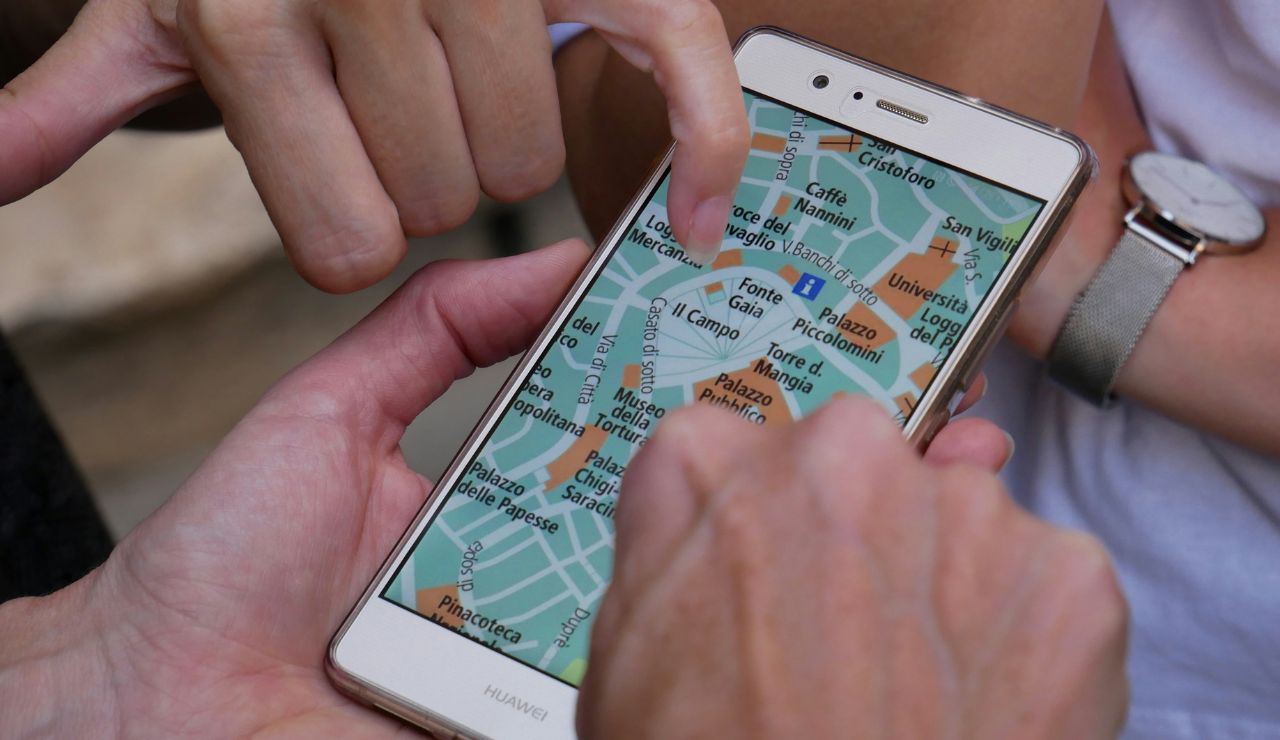
Uber and Lyft might be your go-to back home, but ride-sharing isn’t universal. In some destinations, those apps don’t operate at all or local services like Grab, Bolt, or DiDi take the lead. In others, ride-sharing may be restricted, cash-only, or more expensive than a taxi. Features like tipping, surge pricing, and driver availability vary widely, too. The last thing you want is to land somewhere new and realize your trusted app is useless. Do a quick search before your trip, download any local alternatives, and save yourself the stress of figuring it out curbside.
6. Travel Insurance Covers All Transit Issues
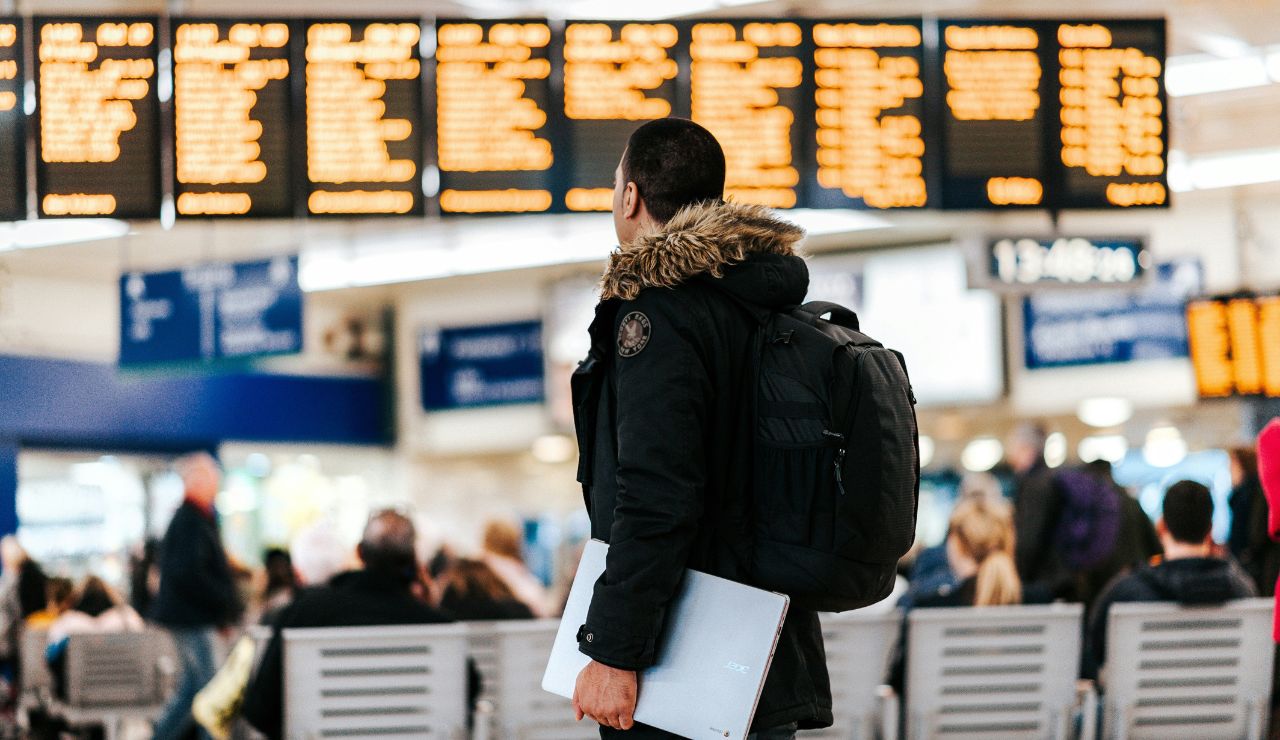
Having travel insurance feels reassuring but it’s not a magic safety net for every delay or disruption. Many policies exclude common transit issues like missed connections, weather delays, or strikes. Others require specific documentation or only cover certain costs within a tight reimbursement window. Assuming you’re fully protected can leave you footing the bill when things go wrong. Before you fly, read the fine print carefully especially for non-refundable tickets or tight itineraries. If coverage seems vague, add a transportation rider to protect your plans (and your wallet).
7. Public Transport Abroad Isn’t Safe
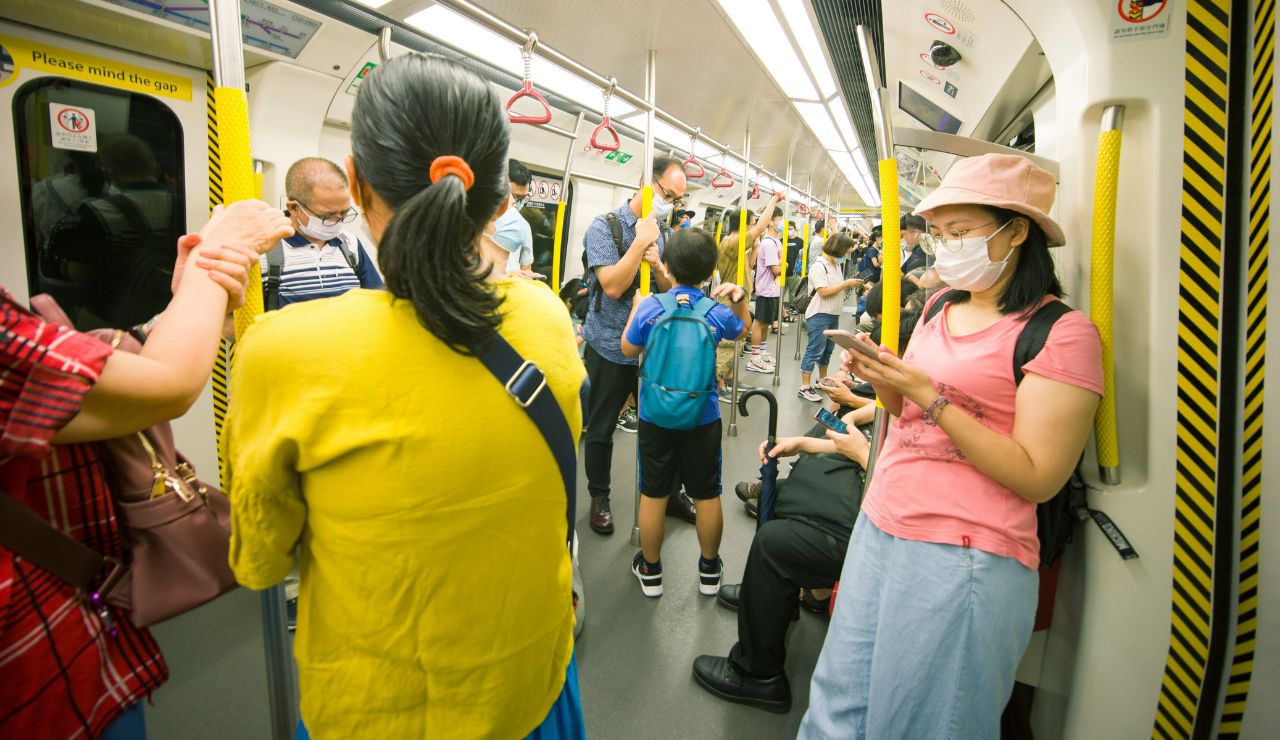
It’s smart to stay alert while traveling, but skipping public transport out of fear can limit your experience and cost you more. In many cities around the world, metros, buses, and trams are not only safe but also fast, affordable, and a window into daily life. Avoiding them often means relying on pricey taxis or missing out on authentic neighborhoods. Instead of assuming the worst, read current safety advice from travel forums or government sites. With a little prep, local transit becomes more than just a way to get around, it becomes part of the tour.
8. Renting a Car Is Always Cheaper
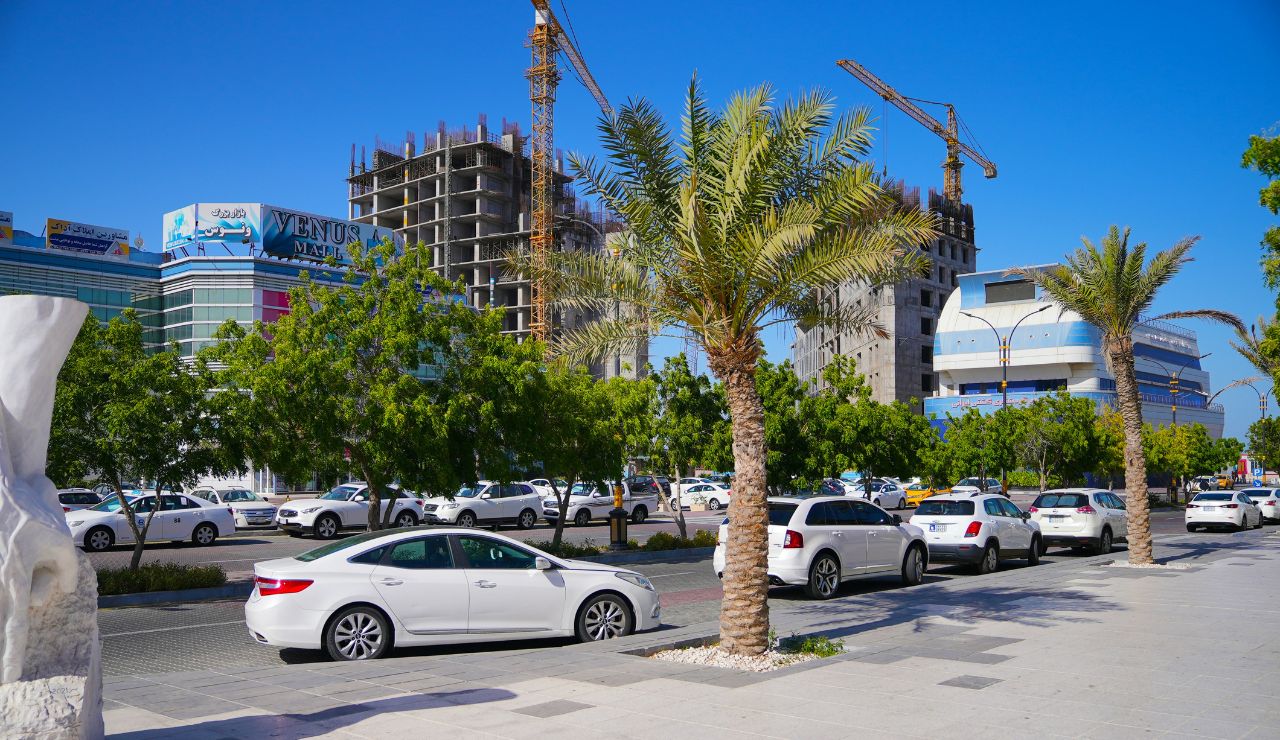
Renting a car feels like the ultimate freedom until you start adding up the extras. Gas, toll roads, insurance, parking fees, and even the need for an international driving permit can quickly inflate your budget. In cities with great public transit or walkable neighborhoods, that rental may sit idle more than it’s used. Plus, driving in unfamiliar places can be stressful and time-consuming. Before booking, do a full cost comparison with buses, trains, or ride-shares. Sometimes the smartest and cheapest move is letting someone else do the driving.
9. You Can Buy Train Tickets Anytime
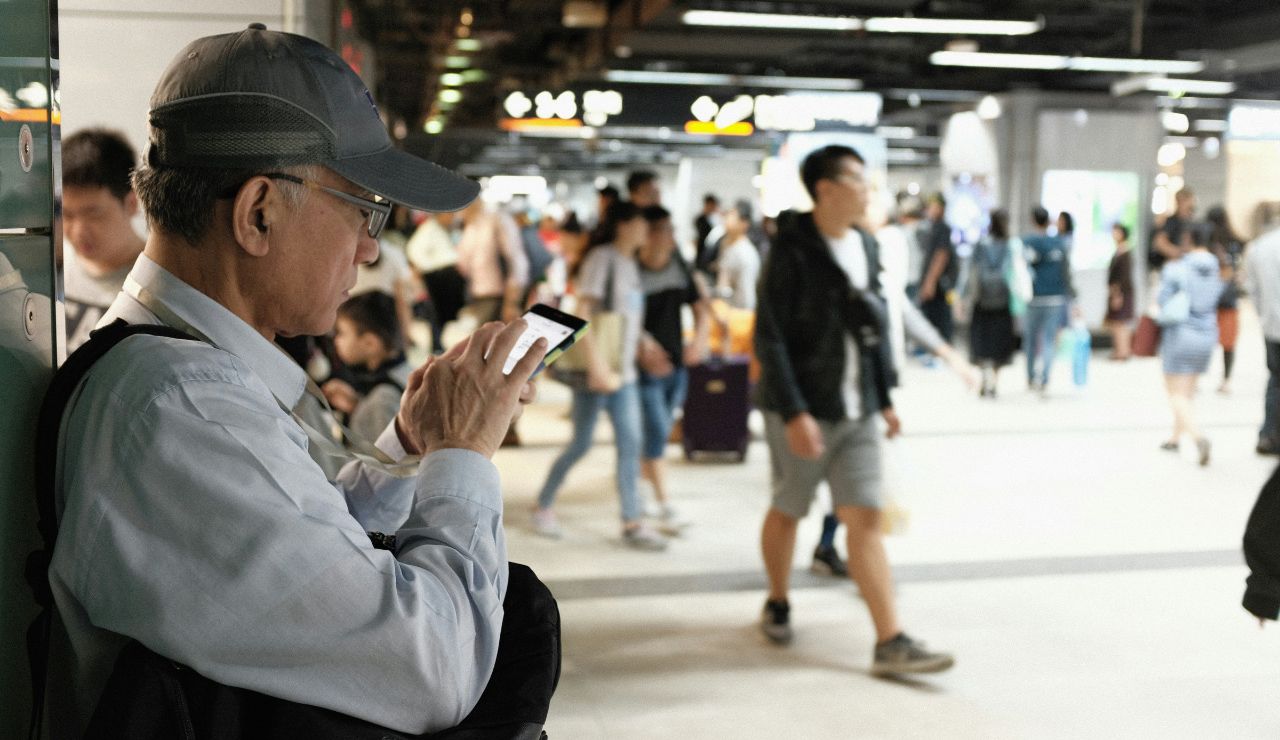
In places like Europe or Japan, trains especially express or long-distance routes can and do sell out. Arriving at the station last minute hoping to snag a seat could leave you stuck, standing, or paying a hefty premium. Advance booking often unlocks major perks, lower fares, better seat choices, and smoother travel days. Plus, many rail systems offer digital tickets, making early planning easier than ever. Spontaneity has its charm, but so does knowing you’ll actually make it to your next destination comfortably and on time.
10. Overnight Travel Always Saves Money
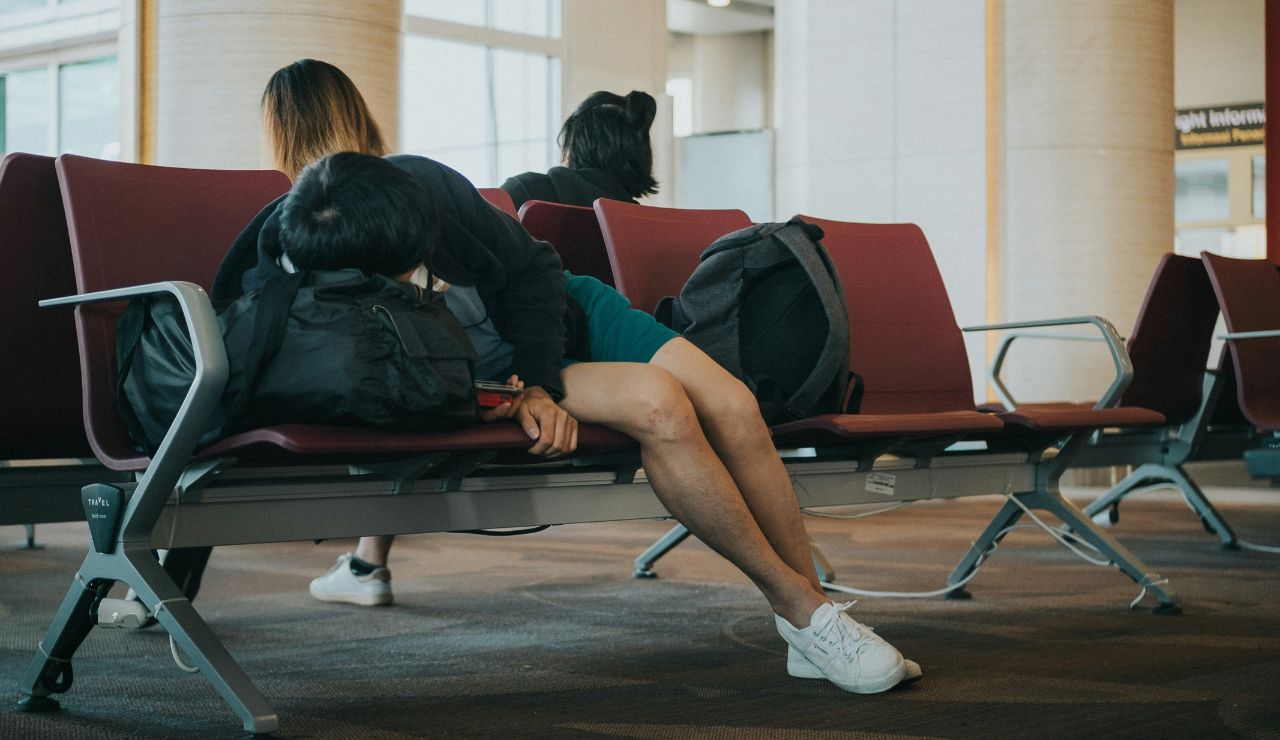
Overnight travel sounds efficient you save money on both transport and lodging. But the hidden cost? Exhaustion. Cramped seats, constant noise, and jerky stops can leave you groggy, sore, and in no shape to explore the next day. That “free” hotel night often turns into a wasted morning trying to recover. Sleeper trains and night buses only work well if they’re truly comfortable. Before you book, weigh the savings against your energy. Sometimes paying for a bed means gaining a full, energized day of travel which is the better bargain in the long run.